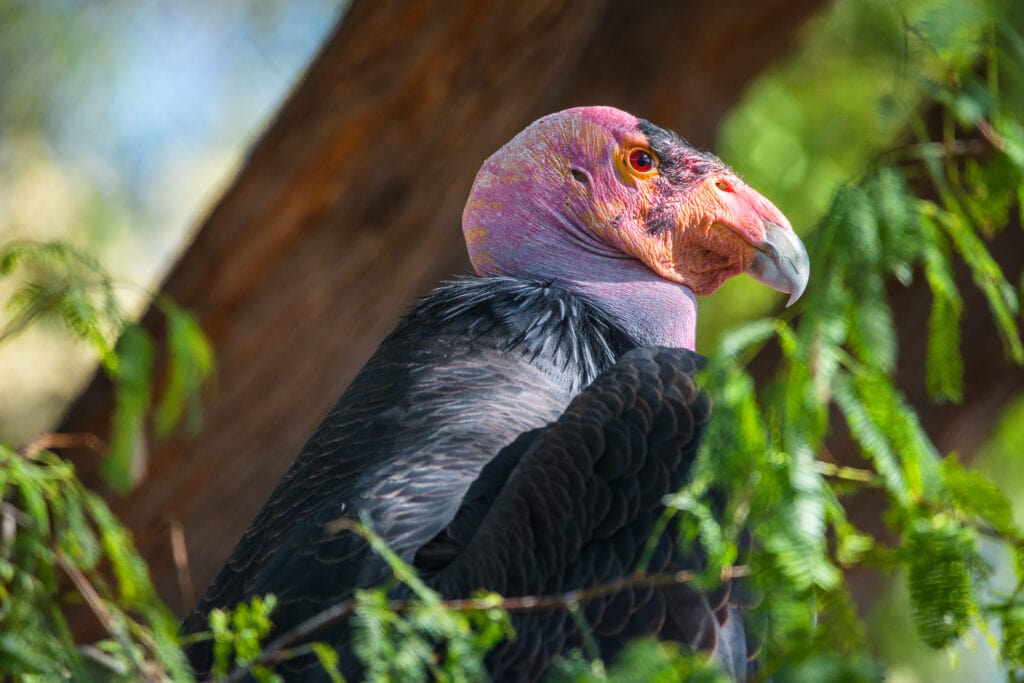The California Condor has had a difficult year. I previously reported on the deadly toll that the bird flu has taken on these birds. California Condors once stretched as far east as New York. By the 1970s, however, this population was decimated down to just a few dozen birds. California Condors were gravely affected by the DDT crisis, during which the widespread use of this harmful pesticide led to nest failure in a number of birds of prey. Because California Condors feed on carrion, environmental pollutants are especially likely to harm them. This is a process known as biomagnification.
Related Article: The American Kestrel: The Puzzling Decline of a Common Bird
California Condors started to received protections and concentrated conservation efforts since the 1980s. Unfortunately, recovery has been extremely slow. California Condors are slow breeders. They take between six and eight years to reach adulthood and sexual maturity. Sexually mature birds typically produce a maximum of just one egg per year. This means that even with dedicated protections in place and wild and captive breeding programs widespread, a small population of California Condors will take decades, or even centuries, to achieve a measure of population stability.
For such a species, untimely deaths are devastating. The death of 21 California Condors from highly pathogenic avian influenza in Arizona earlier this year represented a huge setback in the conservation of this delicate species.
The California Condor has been desperately in need of some good news. That good news has come in the form of a new generation of California Condor hatchlings raised up this year by the World Center for Birds of Prey in Boise, Idaho. The center is celebrating fourteen young hatchlings raised in this 2023 nesting season.
Among those nestlings is a pretty impressive miracle. One hatchling raised by the facility is the child of an adult California Condor who was killed by the bird flu outbreak. The mother bird died before her egg could hatch, spurring a rescue effort to recover the egg and recreate nest conditions as faithfully as possible so that it could hatch. It was an unprecedented challenge, but the egg was successfully incubated and raised at the World Center for Birds of Prey.
If the California Condor is to survive, this new generation is crucial. These fourteen hatchlings represent the hope of a struggling species as well as the combined hopes of the dedicated conservationists who have poured their hearts and their expertise into pulling the California Condor back from the brink of extinction.
Popular Article: Puffin Populations Up and Down in Ireland and Iceland

